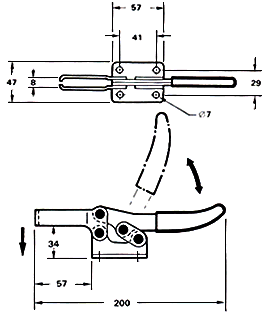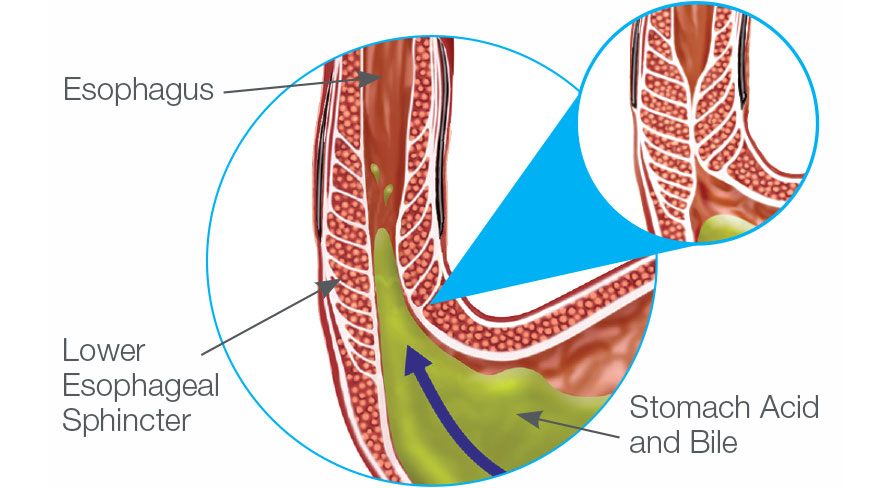

However, smaller varices are often not appreciated 6,10. DSAĭigital subtraction angiography can also be a useful imaging modality in the assessment of esophageal and paraesophageal varices, providing direct visualization through catheterization and contrast injection of the left gastric vein 6,10. In association, the esophageal wall is also often thickened 6,9. They, depending on size and pressure, may protrude into the esophageal lumen 6,9. CT/MRIĮsophageal and paraesophageal varices are readily visible on contrast-enhanced cross-sectional imaging, as torturous, enlarged, smooth enhancing tubular structures 6,9. Fluoroscopyīarium swallow may reveal longitudinal esophageal luminal filling defects, representing esophageal varices 6. In such instances, they will have a non-specific appearance of a mass in the posterior mediastinum 8. Plain radiographĮsophageal varices may be visible on plain radiograph if they are large. The gold-standard investigation for the evaluation of esophageal varices is esophagogastroduodenoscopy, however radiographic investigations may serve as a useful non-invasive adjunct. have a relatively lower bleeding risk 3,4.do not co-occur with gastric varices due to a different pathophysiological basis 3,4.typically present in the upper third of the esophagus, although can span the entire esophagus if the superior vena cava obstruction is proximal to the inflow of the azygos vein 3,4.typically caused by superior vena cava obstruction, as part of superior vena cava syndrome, as a collateral pathway between the superior vena cava into the portal circulation and/or the inferior vena cava 3,4.may be associated with paraesophageal varices, which are varices of the adventitial esophageal veins, and confer a low bleeding risk 6,7.when co-occurring, most commonly there is extension of the esophageal varices along the lesser curvature of the stomach (Type GOV1 in the Sarin classification) 1.

commonly co-occur with gastric varices, which have an identical pathophysiology, but are notably less common 1,2.typically present in the lower third of the esophagus 1-4.




 0 kommentar(er)
0 kommentar(er)
